A lookout and a calanque
Warning : the Calanques de Sugiton and Pierres Tombées have been victims of significant erosion due to their large numbers of visitors. In order to preserve the cove, the National park is limiting visitor number in Spring and Summer. During these periods, access to the site is only permitted by making a prior, free, booking. Find more here.
Getting here and regulations
Getting here
RTM bus B1 or 521 in the evening – direction Campus de Luminy, Luminy – PN des Calanques stop then:
- approximately 30-minute walk to reach the lookout,
- approximately 45-minute walk to reach the calanque.
Hiking trail: Sugiton calanque and lookout
Getting from the Calanques from Marseille
Localisation
Lookout GPS coordinates: 43.214023, 5.448105
Calanque GPS coordinates: 43.212196, 5.454012
Map of trails and routes to the Sugiton calanque and lookout
Click to zoom
Before heading out in the Calanques National Park, prepare your visit and consult the page about good conduct and regulations.
Domaine de Luminy is the main gateway to Sugiton calanque. See special regulations here.
The calanque, lookout, and surrounding hills are open to visitors all year round, except if closed due to fire danger.
Note: Sugiton calanque is overcrowded in summer particularly for swimming. Take the bus to Luminy as car parks are often full, and respect the natural environment: take your rubbish with you and do not create noise pollution.
The uphill walk from Sugiton calanque is steep and can be difficult in summer. The return walk takes about one hour. Make sure you are aware of conditions and prepare your visit.
From the pine forest to the lookout
The walk to Sugiton begins in Luminy estate and its beautiful pine forest, including some centennial trees. Luminy and Sugiton once belonged to the same forestry and farming estate. A superb bastide remains in the heart of the campus, and the vestiges of a sheep farm are still visible on the Col de Sugiton. Mont Puget, the highest summit in the Calanques ranges, overlooks the area.
A panorama in the heart of the Calanques ranges
The Sugiton lookout is on the site of a former military watchtower, chosen for the clear view it provides of the coast and open sea. Also known by the evocative name of "tour of the Orient", Sugiton comes from the Latin saxum meaning "rock", and more specifically "isolated rock". Reaching 245 metres, it has one of the best views in the whole national park and provides a true representation of the Calanques: mountain ranges by the seas.
Mont Puget is on the left when you are facing the sea. On the coastline, the Grande Candelle and Devenson cliffs preside proudly. A bit further, you can see Cap Canaille, and even Les Embiez and Cap Sicié when the weather is clear. Much closer, Torpilleur island indicates the presence of Sugiton calanque. On the right, you have a view of Morgiou calanque from the lookout as if you were on a plane. Marseilleveyre range, Maïre island, and, further out, the Riou archipelago are also visible.
Walking down to Sugiton calanque
There are two ways to walk to the sea: via the abrupt path dug into the rock or the fire track created between the 50s and 60s. It's a great way to appreciate the surrounding plant life and vestiges of past farming activities along the way with sheep farms, restanques or stony terraces, and lime kilns. This route was also the site for a cult movie entitled Le Salaire de la peur by Henri-Georges Clouzot starring Yves Montand.
At the bottom, Sugiton calanque appears as two small calanques surrounded by steep cliffs, each with a tiny beach. The small site is overcrowded in summer: the municipality of Marseille estimate that 200,000 to 300,000 visitors come here each year. The local flora in particular suffers from being constantly stamped upon.
Pierres Tombées calanque
Sugiton's neigbour, the rightly named Pierres Tombées (or fallen stones) calanque is just after Torpilleur island, where nudists are settled on the eastern side. In this cove with fragile walls, regular preventive work is undertaken to make dislodged stones fall.
Rockfalls are typical in the Calanques; but they are also due to overcrowding which speeds up erosion of the rocky surfaces. To slow erosion, regeneration work is underway as plant roots stabilise the limestone.
Toits cliffs
The dizzying high and steep Toits cliffs look down over Surgiton and lead to the long Grande Candelle and Devenson hikes. A major ecological site, it is home to many species that nest here including bats and swifts. The rockfaces are also ideal for climbing, with around a hundred routes. Some are closed by law in spring to protect nesting Peregrine falcons.
"When I return from the Russian steppes, I head straight to the Calanques. They rejuvenate me. I need to go there, to lose myself in the delicate maze of towers, peaks, cirques and terraces. It's never humdrum. I climb the same routes with the same appetite. I rediscover routes I have taken hundrees of times. »
Sylvain Tesson
Did you know?
The concrete walls that reinforce the trail leading to Sugiton lookout and the platform at the end of the fire track were built by the Germans in the Second World War. The Third Reich created lookouts to watch over the coast and prevent allied forces from landing on the shores.

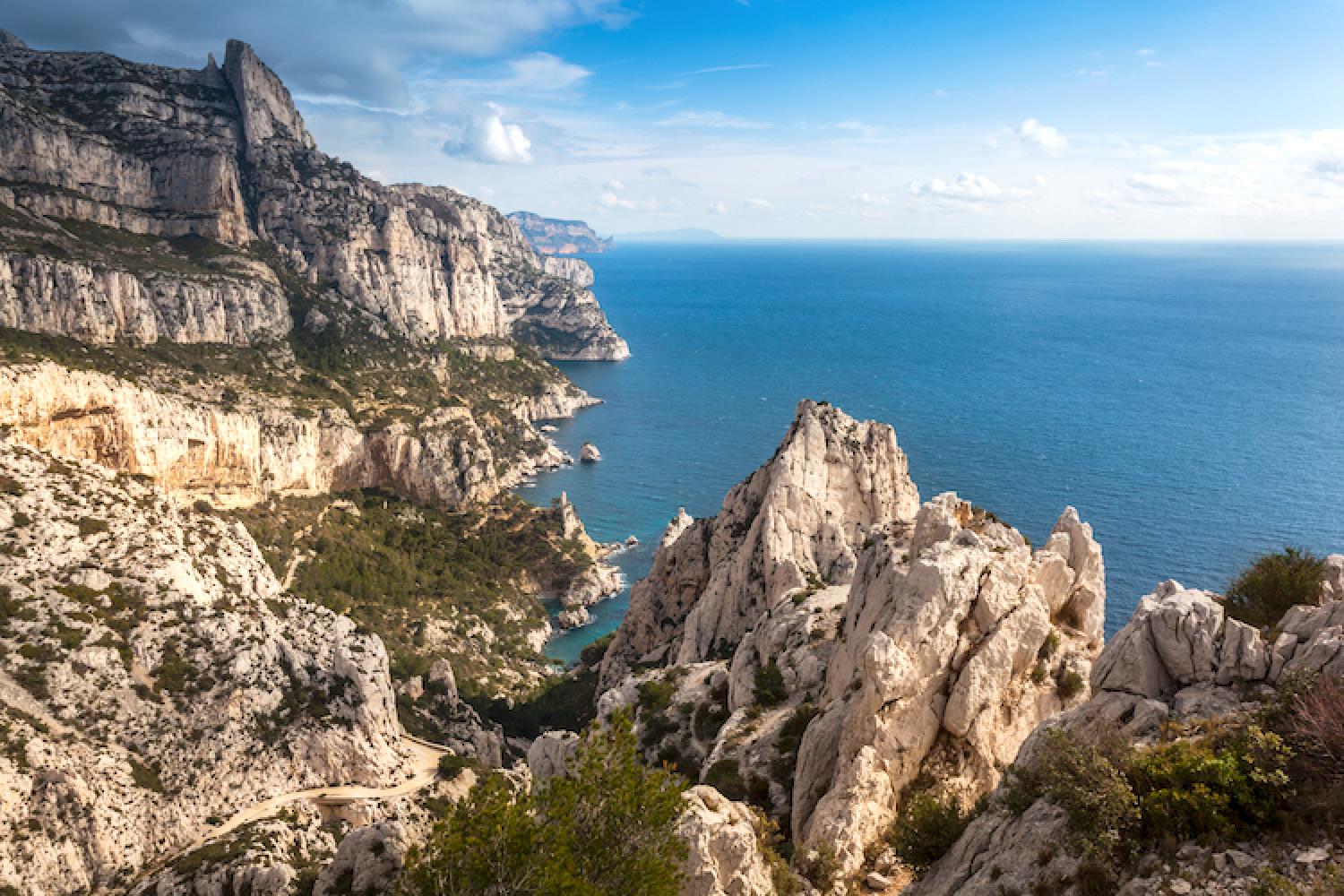
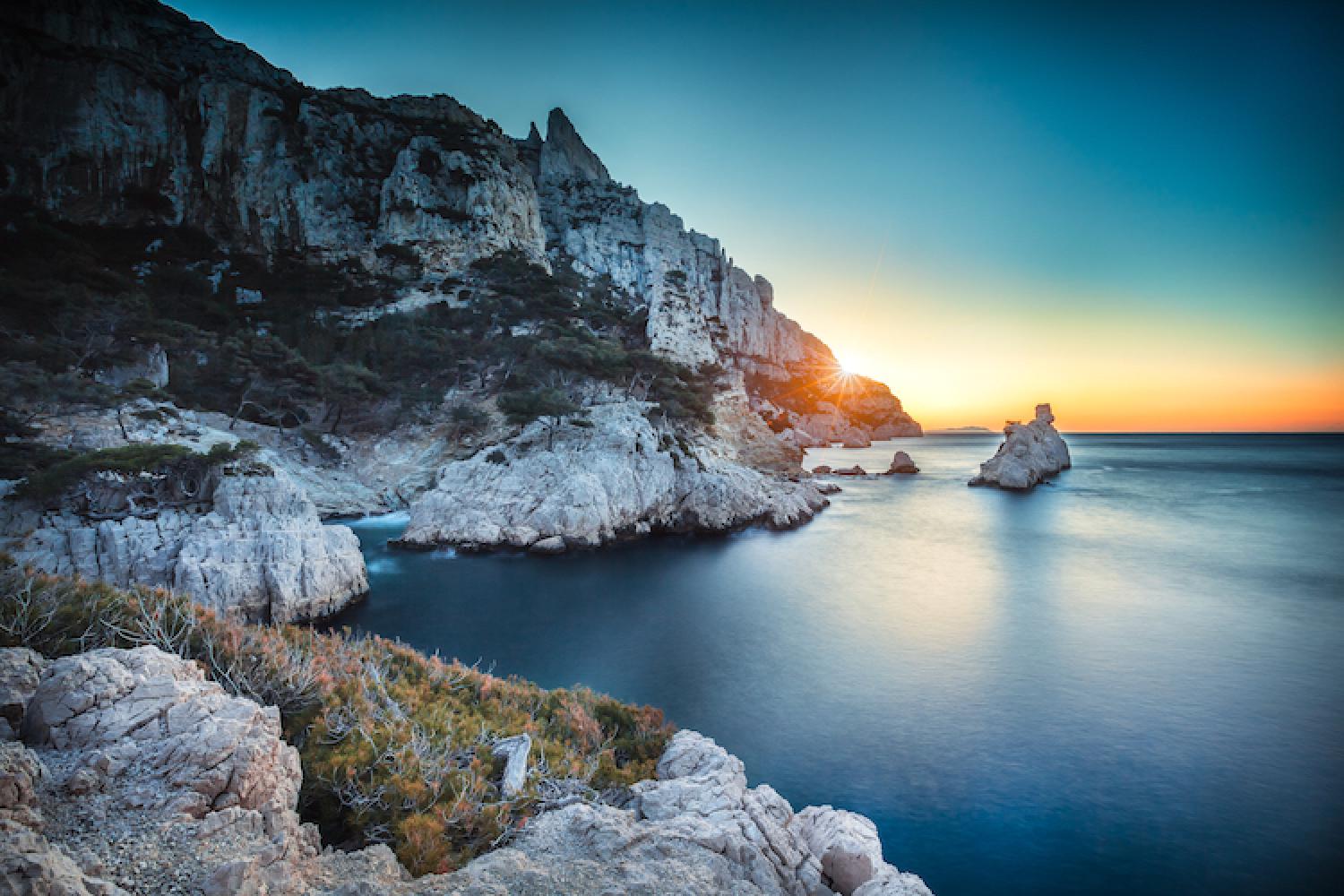
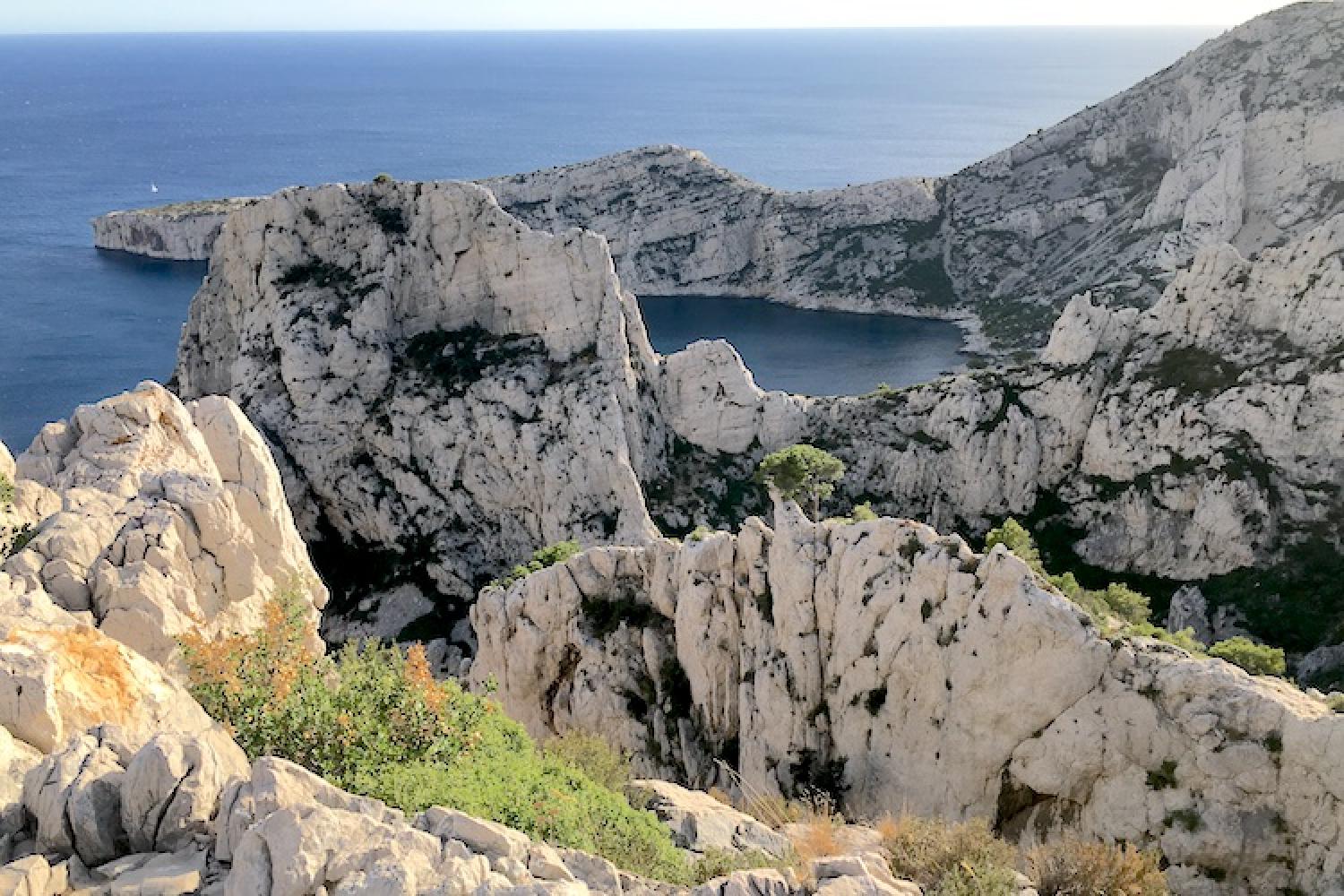
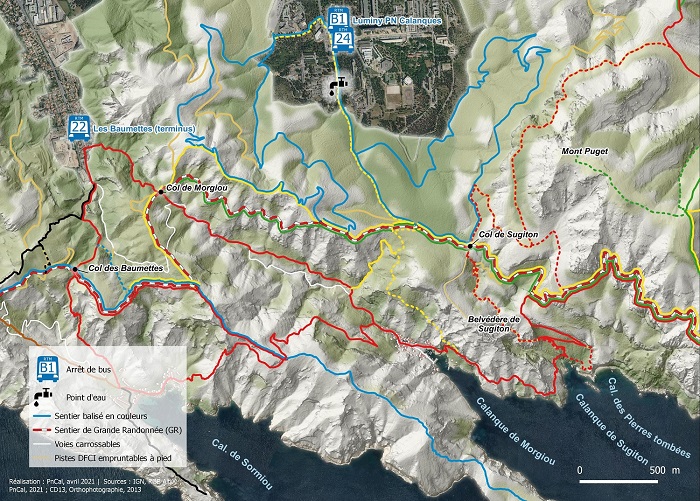
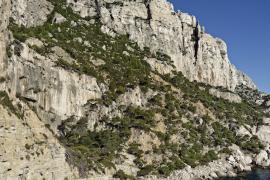
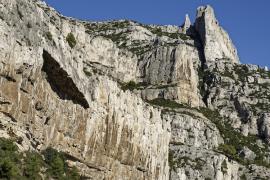
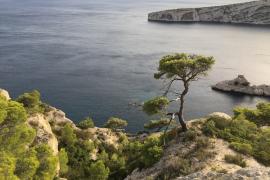
 Video
Video